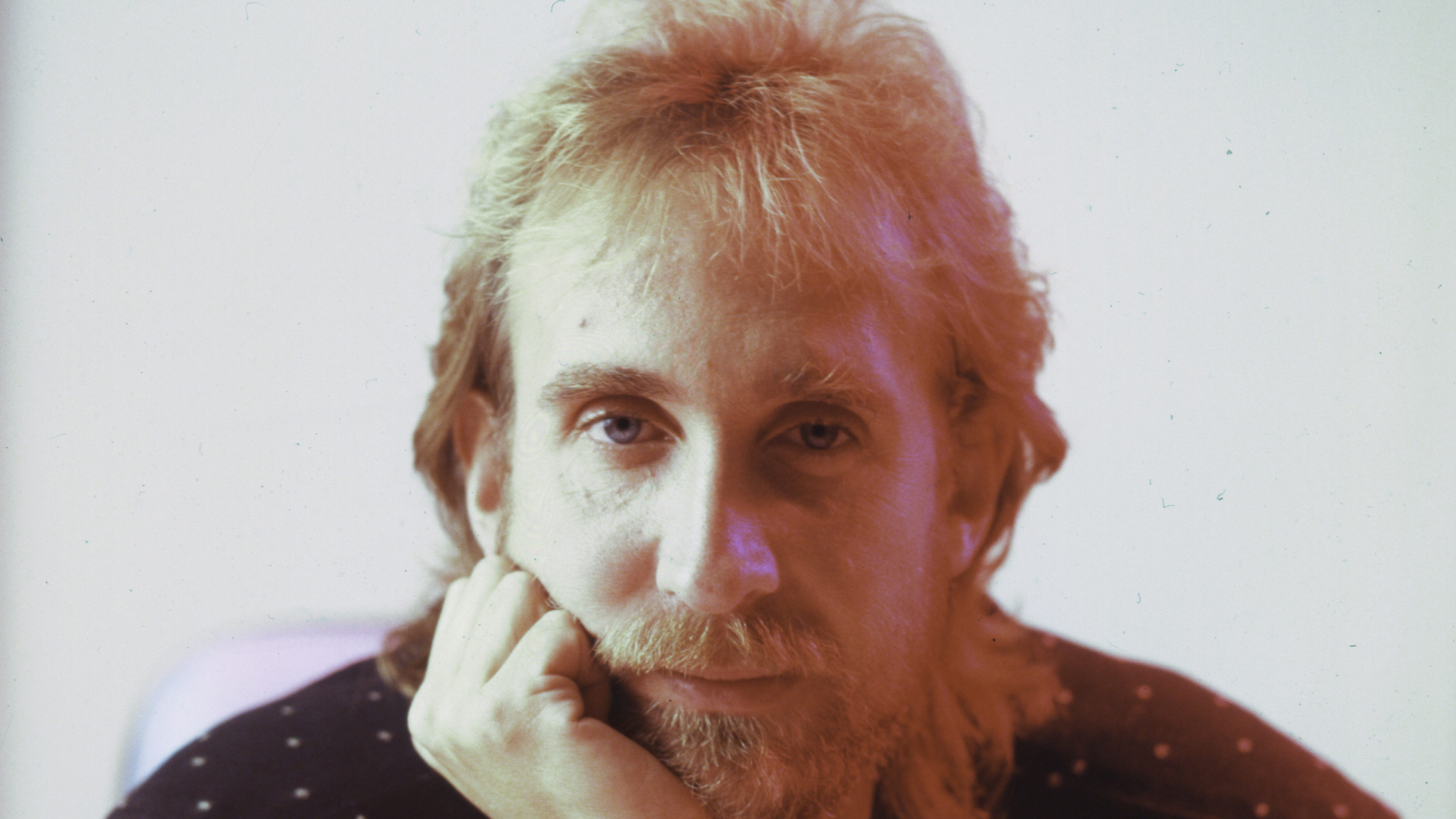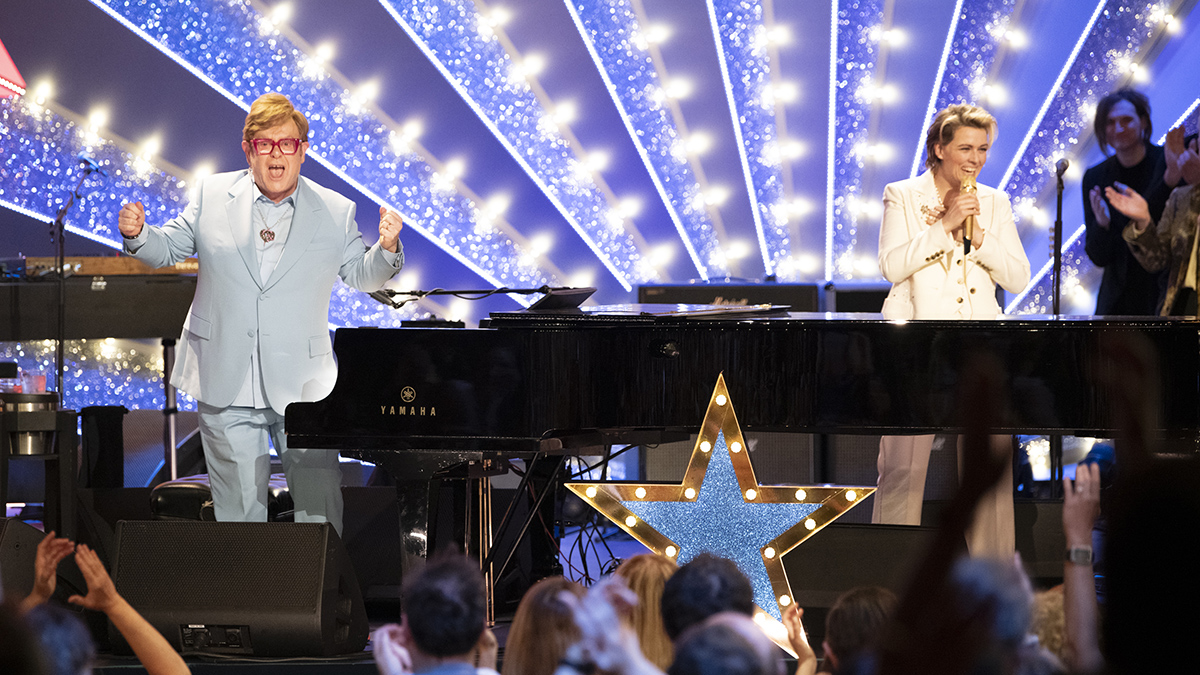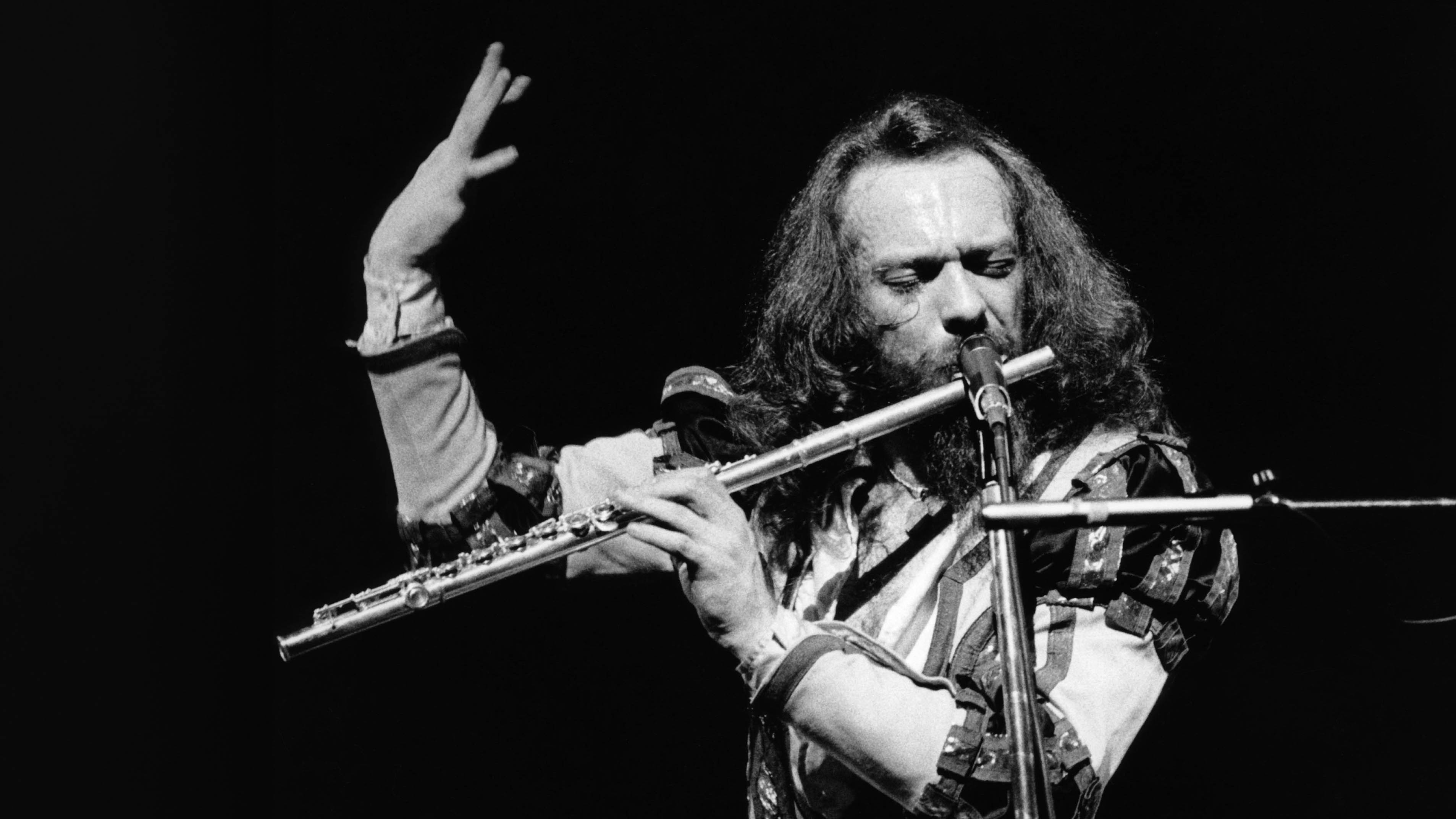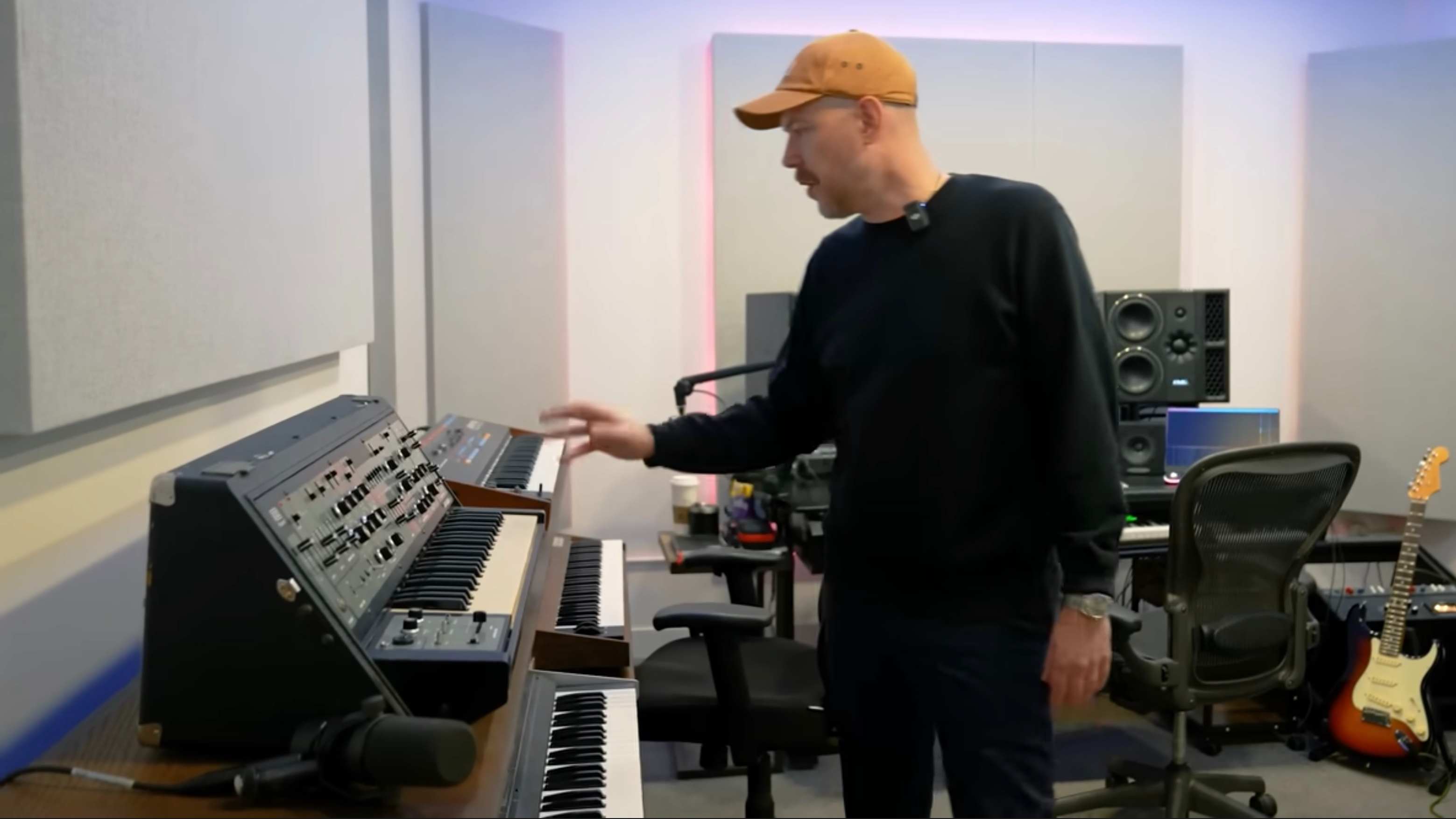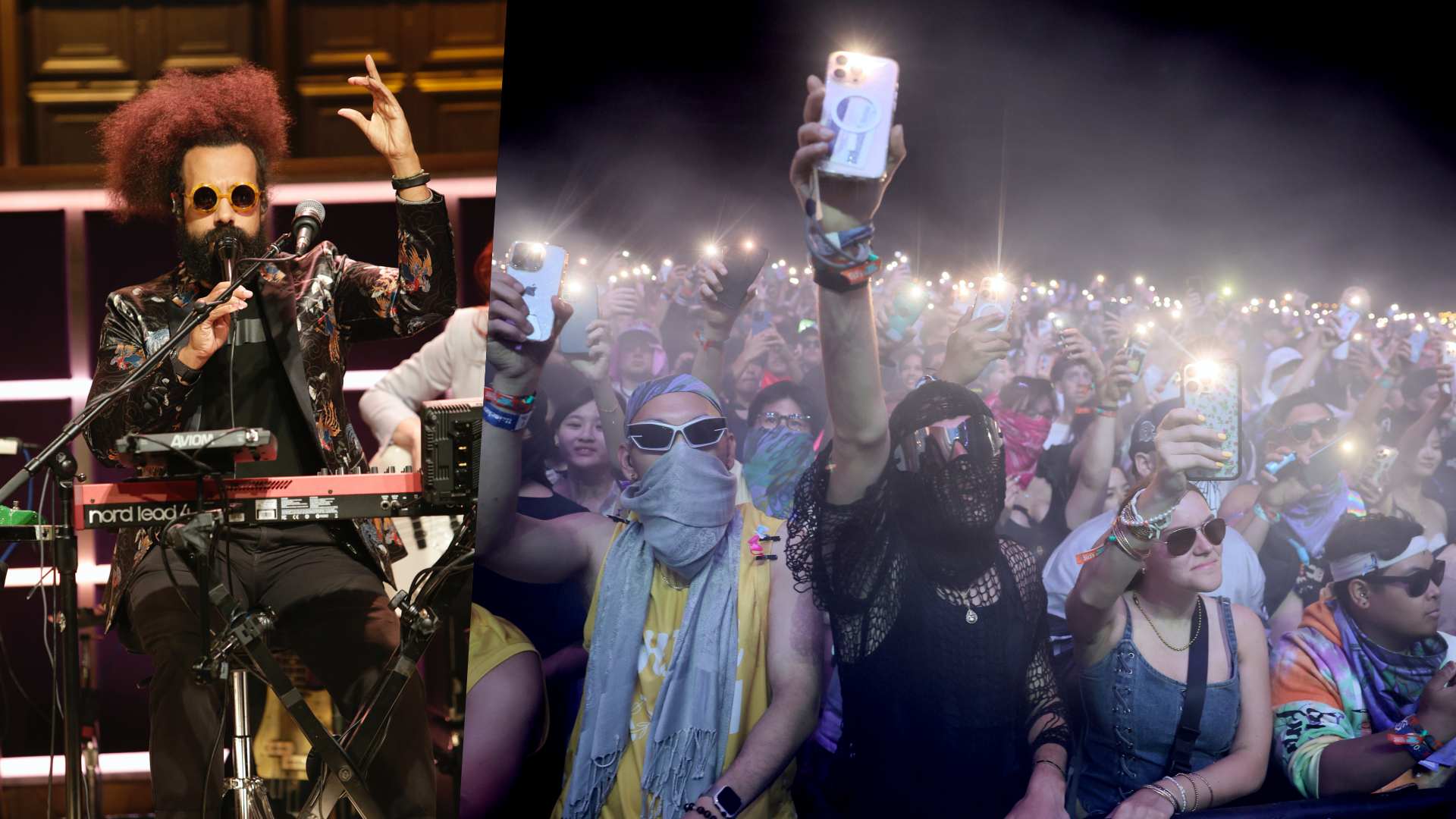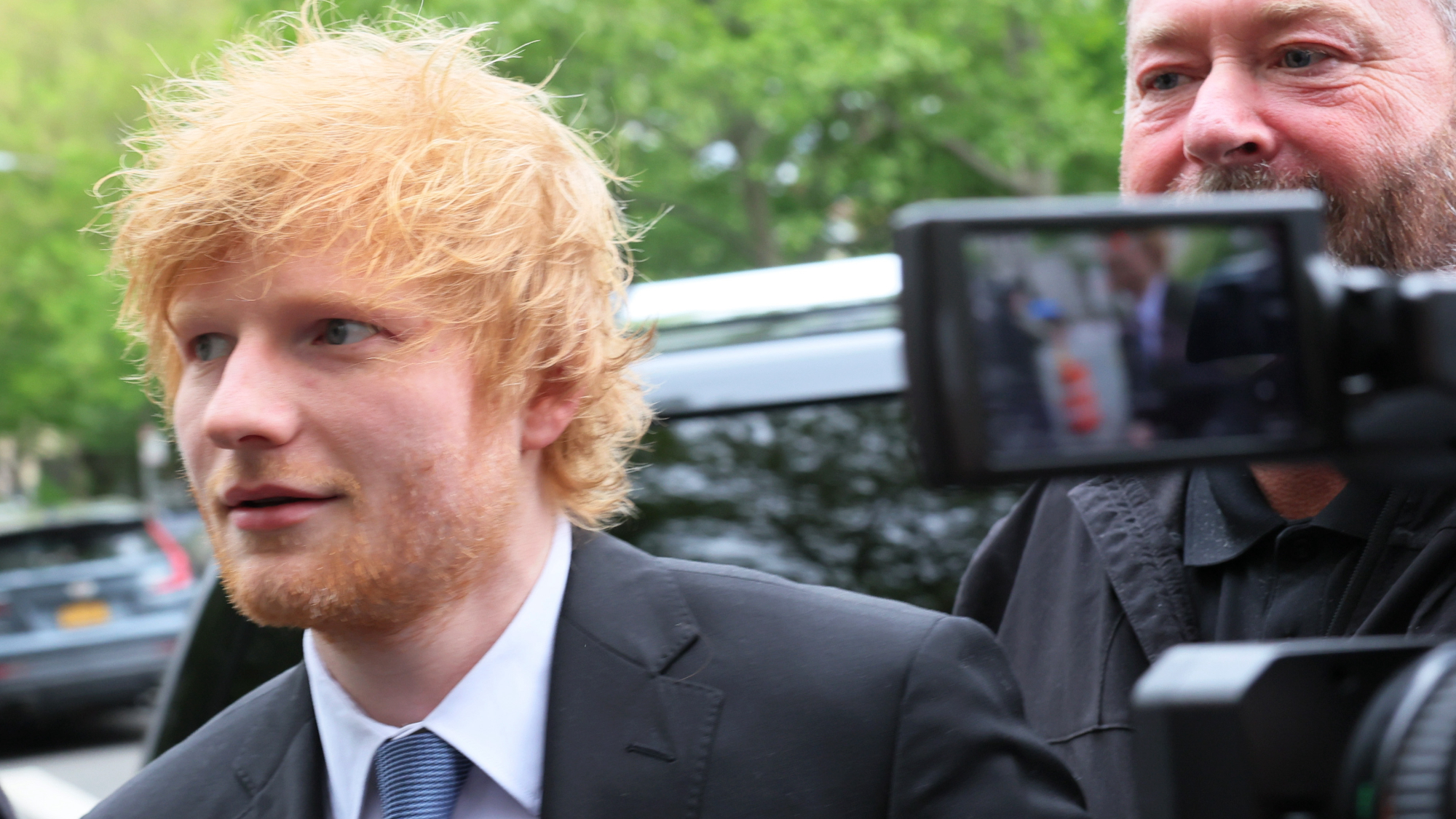“The screaming was deafening!”: How a Japanese tour transformed the career of a weird little band known as the ‘Beatles of hard rock’
The heartwarming story of Cheap Trick At Budokan
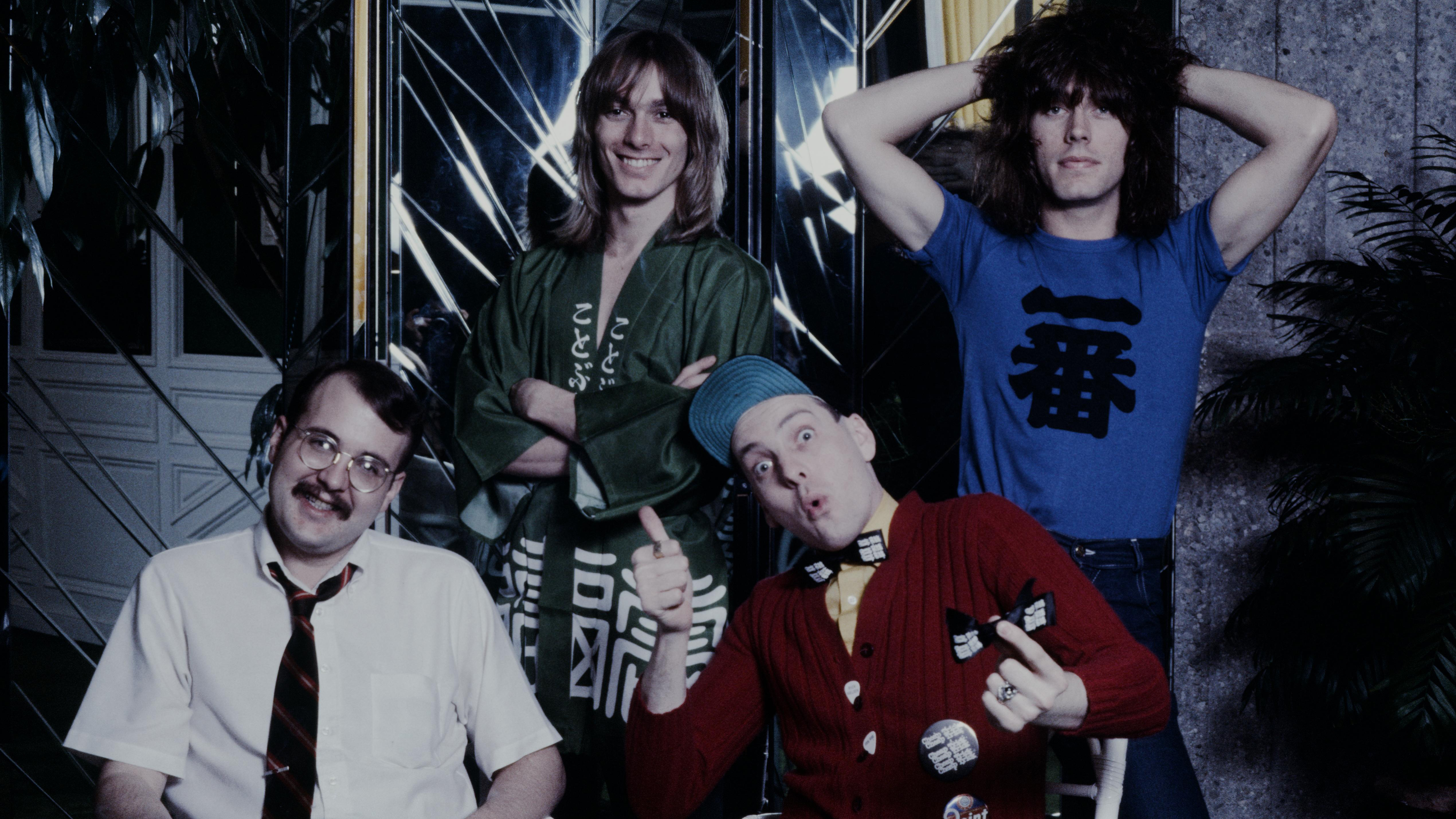
It was a strange twist of fate that turned a weird little band from the American Midwest into global stars.
A live album recorded in Tokyo and designed exclusively for the Japanese market is what gave Cheap Trick their breakthrough in America and the wider world.
At Budokan was the making of the band that became known as “the Beatles of hard rock”.
Formed in 1974 in Rockford, Illinois, Cheap Trick looked like two halves of different bands.
Singer Robin Zander and bassist Tom Petersson were pretty, longhaired, rock’n’roll stars waiting to happen. In contrast, guitarist Rick Nielsen and drummer Bun E. Carlos were prematurely bald; Nielsen a goofball in bow-tie baseball cap, Carlos portly, bespectacled and mustachioed, dressed like an office clerk.
But as a unit, they were tight. And Nielsen, as chief songwriter, was a master in the art of Beatles-inspired power-pop.
For all the brilliant tunes on the band’s first two albums, Cheap Trick and In Color, both released in 1977, they couldn’t buy a hit in America.
Get the MusicRadar Newsletter
Want all the hottest music and gear news, reviews, deals, features and more, direct to your inbox? Sign up here.
But the band was big in Japan – that old cliché – and in April 1978 they experienced something akin to Beatlemania when they played the shows in Tokyo and Osaka that would change their lives.
The venue in Tokyo, the famous Budokan concert hall, was filled to its 9000-capacity for the band’s two performances on 28 and 30 April. And what they got on tape was extraordinary – not only a great band rocking out, but an audience reaction that was off the scale.
As Zander said, “The screaming was deafening.”
In the ten tracks that made the cut for the live album, half were from In Color, including Hello There, the high-energy, tongue-in-cheek opening number.
Surrender, from the newly released third album Heaven Tonight, was an anthem about family dysfunction with a line that plugged directly into teen America – “Got my Kiss records out”.
Need Your Love, a hypnotic, nine-minute heavy-psych trip, would resurface on the band’s fourth studio record Dream Police.
And in I Want You To Want Me – a flop single in America but a hit in Japan – the interaction between band and audience was crystallised, thousands of voices echoing Zander’s in the refrain, “Cryin’! Cryin’! Cryin’!”
At Budokan was released in Japan in October 1978.
It was only after the album started selling strongly on import in the US that a shortened promo version, titled From Tokyo To You, was serviced to America’s rock radio stations.
And with that, it took off like a rocket.
The album was officially released in the US in January 1979, and went on to reach number four on the Billboard chart, selling four million copies, with I Want You To Want Me, in its second life, a top ten smash.
At Budokan was the fluke hit that made the Anglophile “hard rock Beatles” one of America’s biggest bands, and all because they were loved in Japan.
Two words from Rick Nielsen said it all: “Domo arigato.”
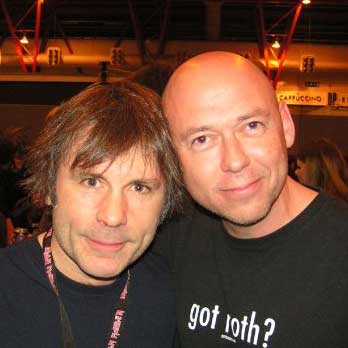
Paul Elliott has worked for leading music titles since 1985, including Sounds, Kerrang!, MOJO and Q. He is the author of several books including the first biography of Guns N’ Roses and the autobiography of bodyguard-to-the-stars Danny Francis. He has written liner notes for classic album reissues by artists such as Def Leppard, Thin Lizzy and Kiss. He lives in Bath - of which David Coverdale recently said: “How very Roman of you!”
You must confirm your public display name before commenting
Please logout and then login again, you will then be prompted to enter your display name.
“How daring to have a long intro before he’s even singing. It’s like psychedelic Mozart”: With The Rose Of Laura Nyro, Elton John and Brandi Carlile are paying tribute to both a 'forgotten' songwriter and the lost art of the long song intro
“The verse tricks you into thinking that it’s in a certain key and has this ‘simplistic’ musical language, but then it flips”: Charli XCX’s Brat collaborator Jon Shave on how they created Sympathy Is A Knife

